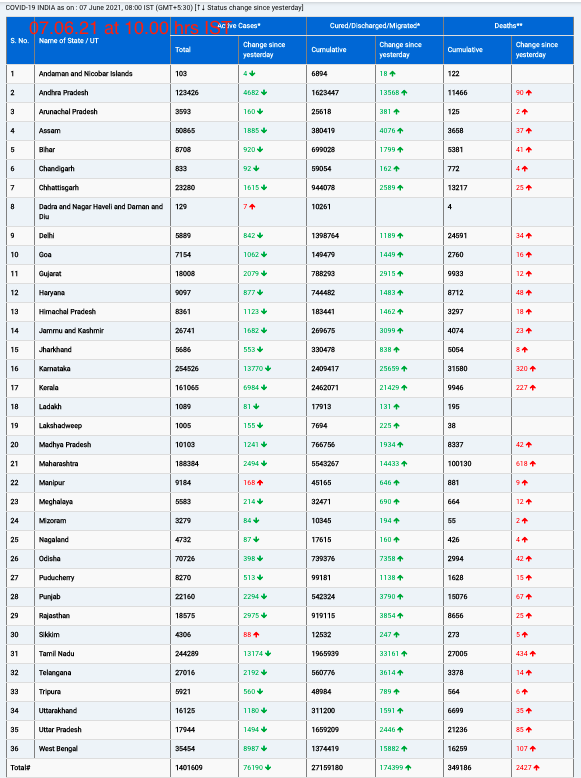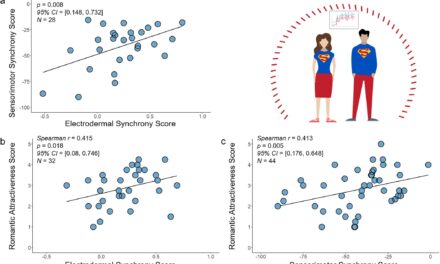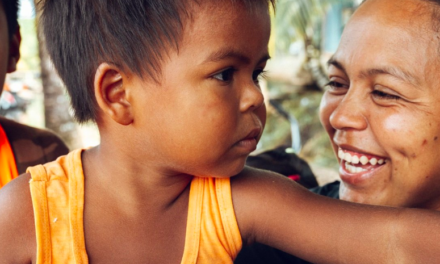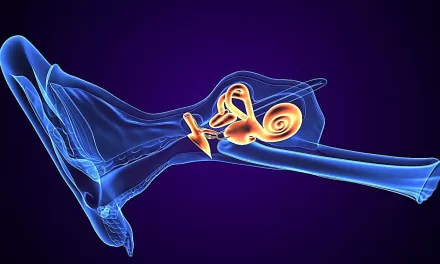Southeast Asia faces a significant challenge with teenage pregnancies, as approximately 60 lakh teenage girls, aged 15 to 19, give birth each year in the region, according to Saima Wazed, the WHO Regional Director for Southeast Asia. This alarming statistic was shared during a two-day regional dialogue on adolescent pregnancy, organized by the South Asian Association for Regional Cooperation (SAARC), UNICEF Regional Office for South Asia (UNICEF ROSA), United Nations Population Fund (UNFPA), and the World Health Organization (WHO) in Kathmandu, Nepal.
Link to Child Marriage
Wazed emphasized that the increase in adolescent pregnancy is closely linked to child marriage, a prevalent and harmful practice in Southeast Asia driven by deep-seated social, cultural, and gender norms. “Child marriage is a violation of girls’ fundamental human rights,” she stated. “It curtails their ability to make choices and enjoy high standards of physical and mental health. It impedes their education and often hampers them from owning property.”
Health and Social Implications
The repercussions of early marriage and subsequent adolescent pregnancies are severe, posing significant gender and health challenges. Adolescents under 16 face four times the risk of maternal death compared to women over 20. Additionally, nearly 670 adolescents die daily, mostly from preventable causes, in the region.
Early marriage also increases the risk of domestic violence and hampers education levels, trapping young girls in cycles of dependency, reduced independence, and restricted economic opportunities. Babies born to adolescent mothers face a significantly higher risk of death due to a lack of proper antenatal and postnatal care, skilled birth attendants, and access to family planning. These infants also often experience greater humiliation, disrespect, and poorer quality care than those born to adult mothers.
Call for Strategic Investments
The WHO Regional Director highlighted the urgent need for effective strategies and investments to tackle adolescent pregnancy. “There is a sizable unmet need for contraception in every country,” Wazed noted, urging for strategic investments in the health of women and girls. “Those who traditionally suffer from health inequalities, such as girls and women, adolescents, and vulnerable populations, are the drivers of sustainable development and powerful agents of change. Strategic investments in the health of women and girls yield multiplicative and multigenerational benefits beyond health.”
A Regional and Global Concern
With Southeast Asia home to 26 percent of the global population and 29 percent of the global adolescent population, the issue of teenage pregnancies in this region has far-reaching implications. Addressing this crisis requires coordinated efforts from governments, international organizations, and communities to implement effective measures that ensure the health, education, and rights of young girls are protected and promoted.
Conclusion
The dialogue in Kathmandu marks a crucial step towards addressing the high rates of adolescent pregnancy in Southeast Asia. By recognizing the root causes and implementing targeted interventions, stakeholders can work together to break the cycle of early marriage and teenage pregnancies, ultimately fostering a healthier and more equitable future for the region’s young population.












